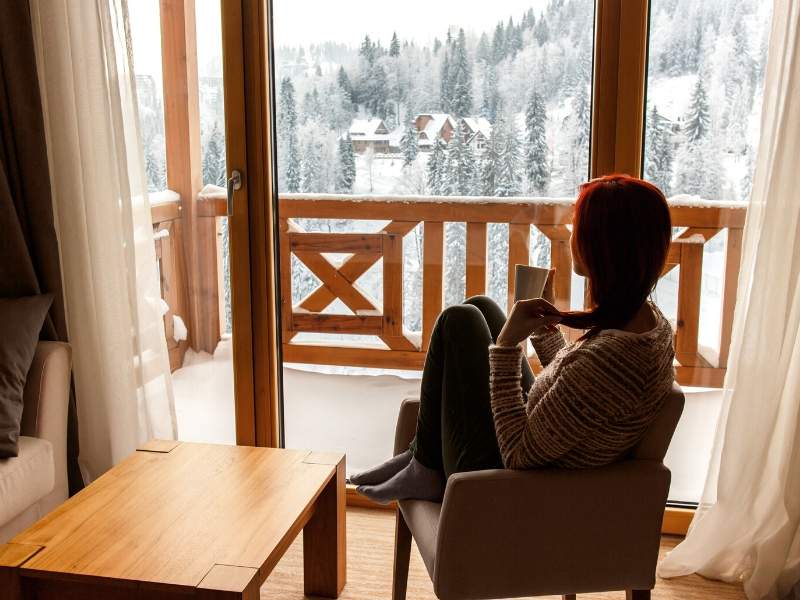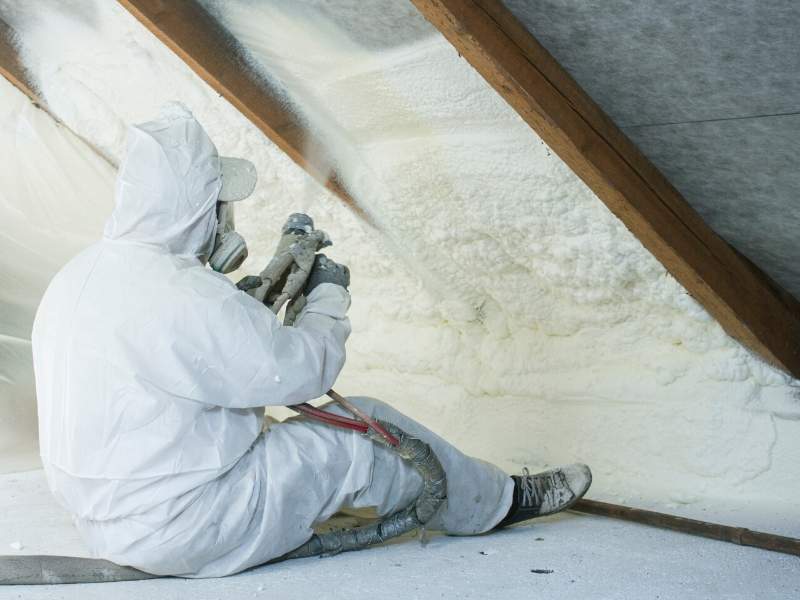Insulation in our homes is a topic of great importance during this era of energy overuse. No longer do people heat or cool their homes without regard to the amount of energy loss. Instead, people want to know about these things. One of the most important of these environmental topics is insulation for your home.
The Benefits of Home and Attic Foam Insulation

To help reduce your carbon footprint, it makes sense to insulate your home. But, where do you begin to select the right type of insulation? Here are some suggestions to help you through this process.
⎆ How Insulation Works
Heat loss in a home can occur in many ways. It escapes through doors, windows, floors, and poorly insulated attic spaces and walls. One-quarter of the heat of your home is lost through the roof and one third through the walls of your home. So, if your energy bill is constantly on the high side, poor insulation might be the culprit.
Newer homes are built according to modern building codes which specify insulation minimums. However, for houses built prior to 1980, there were no standard codes for insulation. So, older homes usually have less insulation than their newer counterparts. The good news is, as the years pass, standards continue to improve.
⎆ Insulation Lowers Energy Costs
Some people ignore this problem because they don’t realize the benefits of an insulated home. Some also shy away because of the cost involved. However, be sure to factor in both the cost of installation and the cost savings in your energy bill over the long run. If it is still too costly for you, check with local officials in your area to see if there are any grants available.
Good insulation should last around 40 years. So, if you sell your home during that time, the fact that you have good insulation is a strong selling point. Learn more about how long insulation lasts in your home through Synergy Insulation.
⎆ How Does the Heat Escape?
Many people have no idea where their heat is escaping. What’s more is even though you feel a draft, there is often more energy that escapes in less visible ways. So, it’s always wise to have a professional assessment of your home that provides you with the right advice. Be sure to get quotes from several local providers. That way, you improve your chances of finding the right contractor for your project.
⎆ Not All Insulation is Equal
If you are technically or DIY minded, you can insulate your own home but there are important facts that you need to know. First, not all insulation is equal. Depending on whether your climate is colder or warmer, you will require either a more or less robust type of insulation.
Next, insulation is measured according to an R-value. The R-value measures the ability of the insulation to resist heat flow through it. That means that the higher the value, the more resistant the material. That means different geographical areas require different R values.
There are many different types of insulation materials on the market. Fiberglass, cellulose, spray foams and insulated panels are a few types used today. Be sure to check with your local professionals to be sure you get the right type for your home.
The following are a few different types of insulation and a description for your convenience.
• Fiberglass
Fiberglass is made by weaving fine strands of glass into the insulating material. It is inexpensive but requires careful handling as the fine shards of glass can cause damage to the eyes, lungs, and skin. Also, be sure to wear safety equipment for your eyes and body when working with fiberglass.
• Mineral Wool
Mineral wool is another name for glass wool, rock wool (from basalt), or slag wool (from steel mills). It is an effective insulator but does not have fire-resistant properties. So, this is a poor choice when there is extreme heat.
• Cellulose
Made from recycled cardboard and paper.
• Polystyrene
A waterproof thermoplastic foam which is great for noise insulation. It comes in two different types which vary in performance and cost. The foam is cut into blocks making it ideal for wall insulation. It is flammable so needs to be coated using a fireproofing material. Fireproofing material is associated with health and environmental risks so check those precautions if you plan to use it.
• Polyurethane Foam
This is another excellent insulator. For this type, spray foams are available which are extremely versatile and fill gaps and crevices. Spray foams are increasing in use due to their flexible nature. Because it fills gaps, it keeps out unwanted allergens, insects, and pets.
Polyurethane foam insulation sets to form a rigid structure that gives integrity to a building. It is long-lasting and unlike other forms will not bow or sag over time. Spray foams are popular and many of the new house builders are using them as their first choice of product.

Before You Begin Installation
It is always good to purchase your materials from a reputable supplier in your area. Most suppliers offer advice on the products that they stock. So, arm yourself with knowledge and be aware of the materials that your professional insulation contractor plans to use.
If you decide to go for the foam option, be sure to learn about the technical specification of the product you choose because not all foams are equal. They have a wide range of price tags and their R values differ from type to type.
Spray foam has to be carefully and properly applied to a certain thickness for it to be effective and poorly applied foam can fail to adhere to your surfaces and look messy, so again read the reviews and the testimonials associated with the company of your choice.
An insulated home saves energy and money. But, best of all, it provides you and your family with warmth and comfort for the life of your beautiful home. That gives you peace of mind about the comfort of your family and guests for many years to come.
Other Posts You Might Enjoy:
5 Ways To Prepare Your Home for a Cozy Winter
4 Reasons to Use Insulated Concrete Form for Your New Home





